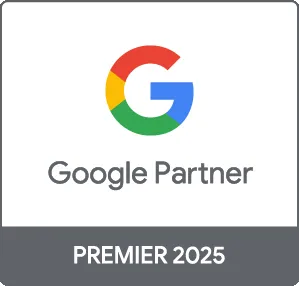Understanding Digital Marketing in Fitness
Digital marketing in fitness is crucial for engaging potential clients, building brand awareness, and ultimately driving conversions. In 2025, the fitness industry is increasingly reliant on online presence, making effective digital marketing strategies essential for gym owners, personal trainers, and health brands.
The Importance of Digital Marketing in the Fitness Industry
With the fitness sector experiencing a surge in competition, implementing smart digital marketing strategies can set your brand apart. Here are some key benefits:
- Increased Brand Visibility: Digital marketing boosts your presence on various platforms, allowing potential clients to discover your services.
- Targeted Reach: Online marketing enables precise targeting, ensuring you reach the audience most likely to convert.
- Cost Efficiency: Compared to traditional marketing, digital strategies are more affordable and measurable.
Effective Digital Marketing Strategies for Fitness
1. Social Media Engagement
Utilizing platforms like Instagram and Facebook is essential. Here’s how:
- Create Shareable Content: Post high-quality images and videos demonstrating workouts, transformations, and client testimonials.
- Engage with Followers: Respond to comments and messages promptly to build a community around your brand.
- Utilize Stories and Reels: Keep your audience updated with new promotions, classes, or fitness tips.
2. Search Engine Optimization (SEO)
Optimizing your website for search engines will enhance your visibility:
- Keyword Research: Identify and integrate keywords such as “personal training in [Location]” or “best fitness classes,” focusing on local SEO.
- High-Quality Content: Create valuable blogs, videos, and articles that address your clients' questions and interests.
- Mobile Optimization: Ensure your website is mobile-friendly, as many users search for fitness options on their phones.
3. Email Marketing
Effective email campaigns can turn leads into clients:
- Build Your Email List: Offer free trials or downloadable resources in exchange for email addresses.
- Personalized Campaigns: Target your audience with personalized offers, fitness tips, and motivational content.
- Track Engagement: Use analytics to evaluate which emails resonate most with your audience to improve future campaigns.
Measuring Success in Digital Marketing
You'll want to track important metrics to gauge your digital marketing effectiveness:
- Website Traffics: Monitor the number of visitors to your site and their behavior to identify successful strategies.
- Conversion Rates: Check how many leads are converting into paying clients.
- Social Media Engagement: Keep track of likes, shares, and comments to assess your content's impact.
Common Mistakes to Avoid
- Neglecting Analytics: Not using data analysis can lead to ineffective strategies.
- Ignoring Your Audience’s Needs: Always tailor your strategies to meet the specific desires of your target market.
- Inconsistent Branding: Ensure a consistent voice and image across all platforms.
Conclusion
The right digital marketing approach in the fitness industry can significantly enhance your visibility and profitability. By employing effective strategies, measuring success accurately, and avoiding common mistakes, your brand can thrive in this competitive landscape. Embrace these digital marketing tactics and watch your fitness business grow.





